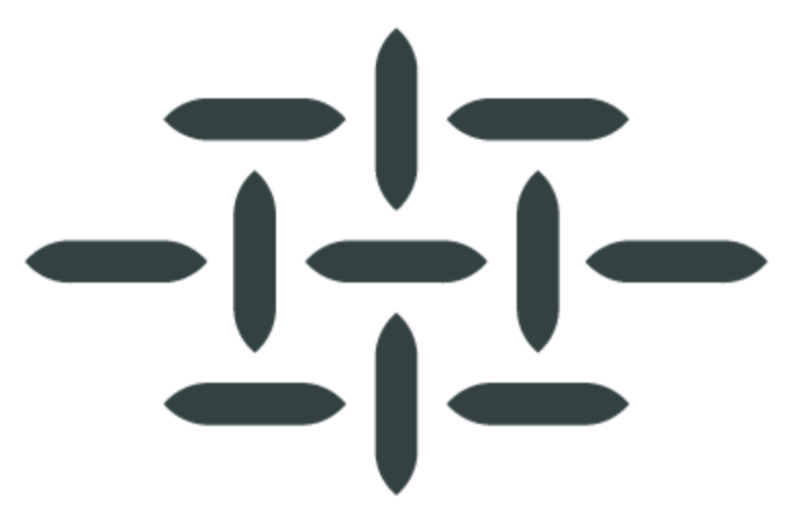Written by Melissa Sevy, Ethik's Founder and CEO
As I have met with fair trade factories and farms internationally, I have often heard, “When the certification auditors come, two-thirds of the workforce runs out the back door." This cheekily insinuates employers don’t want to fail the audit due to overcrowded workspaces. It left me wondering: Does fair trade help the world’s poorest producers?
After exploring this more, I discovered that the answer is complicated.
My company, which provides ethical home goods, has partnered with some incredible certified organizations; undoubtedly, I admire the aims of fair trade. Enhancing transparency and accountability is critical to helping people work in safe conditions. However, while fair trade is often the current best practice, there are limitations.
Barriers To Fair Trade Partnerships
First, it’s important to understand the certification process. When you factor in the required costs, the gains are significantly lower than expected. Although workers receive higher prices for their goods, they also spend exorbitant time and resources to complete applications, interviews and audits. This might leave small-scale farmers wondering, literally and figuratively, if the juice is worth the squeeze.
Given the difficulties surrounding maintaining a certification, these barriers can also create obstacles that exclude less established producers from entering the fair trade space. Research published in Nature Sustainability found that while some farmers benefit from the price paid for certified products, the results do not extend to the agricultural workers on the farm. These findings suggest that while certifications aim to enable marginalized workers, they can fail to reach the most disadvantaged.
Some research suggests that fair trade certifications do not increase producers' income. In fact, one study of coffee producers found that organic and organic fair trade farmers became more impoverished over 10 years than their non-certified counterparts. This discovery challenges the claim that fair trade accreditations transfer wealth from the consumer to the producer.
Although there are conflicting reports regarding the impact of fair trade, knowing the potential unintended consequences for farmers and workers is vital to address to ensure that fair trade can truly benefit those who need it most.
How Fair Trade Compares To Direct Trade
If the fair trade movement often fails to reach the groups they aim to serve, companies and consumers might consider alternative certification practices to target those not currently benefiting from existing processes. To do this, individuals can either purchase straight from producers or look for companies that engage in direct trade and display transparency and a commitment to ethical standards in their supply chain.
Unlike fair trade, direct trade is not a certification but describes a transparent relationship between producer and buyer. Direct trade can provide benefits to producers as well as puts the onus on the buyer to ensure that they are providing safe working conditions and paying a fair price and that this payment benefits people at all levels of the sourcing and production of that item.
For example, a few years back, I visited a basket-weaving group in a mountain-top village in Rwanda. We met to negotiate and source thousands of traditional baskets (a typical design found throughout Rwanda). After giving the artisans the specifications we wanted, they provided us with a price per basket.
Before the meeting, we had researched material costs, how many days it took to make a basket and what constituted a good living wage. When they gave us the price they typically sold it for, we responded, "No, that is too low." They immediately broke into laughter and thought it was wild that we were bartering up. Having the country context and relationship allowed us to ensure what we were paying was not just a base-level payment but a fair and livable wage.
Best Practices For Managing Direct Trade Partnerships
One common criticism of direct trade is that there is no official governing oversight. However, this does not dismiss a company's obligation to ensure there are systems in place to track, measure and report on the fairness of the purchase to the end customer.
For instance, my company has a three-step vetting process for all global handcraft cooperatives we work with. Our quality assurance verification starts with a 70-question self-reported survey by management. Next, we authenticate the survey findings by hiring an in-person third party to meet with the employees and host focus groups that include people from varying levels of the organization. We then provide ongoing training to ensure the group's operations are indeed good for people and the planet.
We believe that when getting started with a direct partnership it is a good practice to first work with groups to upgrade their practices and procedures when findings reveal a cooperative is not up to par. Then, only under rare conditions, should you stop the partnership.
Other best practices include tracking how many people work on each order and considering how many dependents they financially support and how many fair-pay work hours went into creating those items.
Being transparent with your customers about the partnership also works to build trust. In our case, we communicate our results to our customers through our website, with tags with photos and stories featuring the producers attached to each item and by creating individualized impact reports for bulk orders.
By going beyond accreditation practices, consumers and companies can reach those at the bottom of the global social production ladder. Nonetheless, these efforts require purchasers to take personal responsibility for their impact, rather than relying solely on certifications. Simply by being more thoughtful and ethical in our sourcing practices, we have a huge opportunity to create brighter futures for all people and their families throughout the supply chain.
To see the original article, click here.








